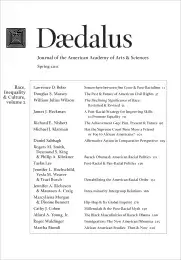Intra-minority Intergroup Relations in the Twenty-First Century
Recent projections indicate that by the year 2050, racial minorities will comprise more than 50 percent of the U.S. population.1 That is, during the twenty-first century, the United States is expected to transform into what some call a “majority-minority” nation. Despite this emerging trend, social psychological research on intergroup relations has focused almost exclusively on the attitudes that members of majority, high-status groups and members of minority, low-status groups hold toward one another. Less is known about the psychological dynamics that affect what we have termed “intra-minority intergroup” relations: the attitudes that members of one low-status and/or minority group hold regarding, and the behavior they direct toward, members of a different low-status and/or minority group.2 Given the projected emergence of a majority-minority country, we believe that attention to such intra-minority intergroup relations, in tandem with research on traditional intergroup relations, is critical to our understanding of racial dynamics in the twenty-first century.
In this essay, we consider the broad question of how members of different racial minority groups may evaluate one another in a majority-minority nation. How, for instance, might a majority-minority nation affect the attitudes that Asian Americans express toward members of other racial minority groups (for example, blacks)? We begin with a review of classic social psychological theory regarding . . .
